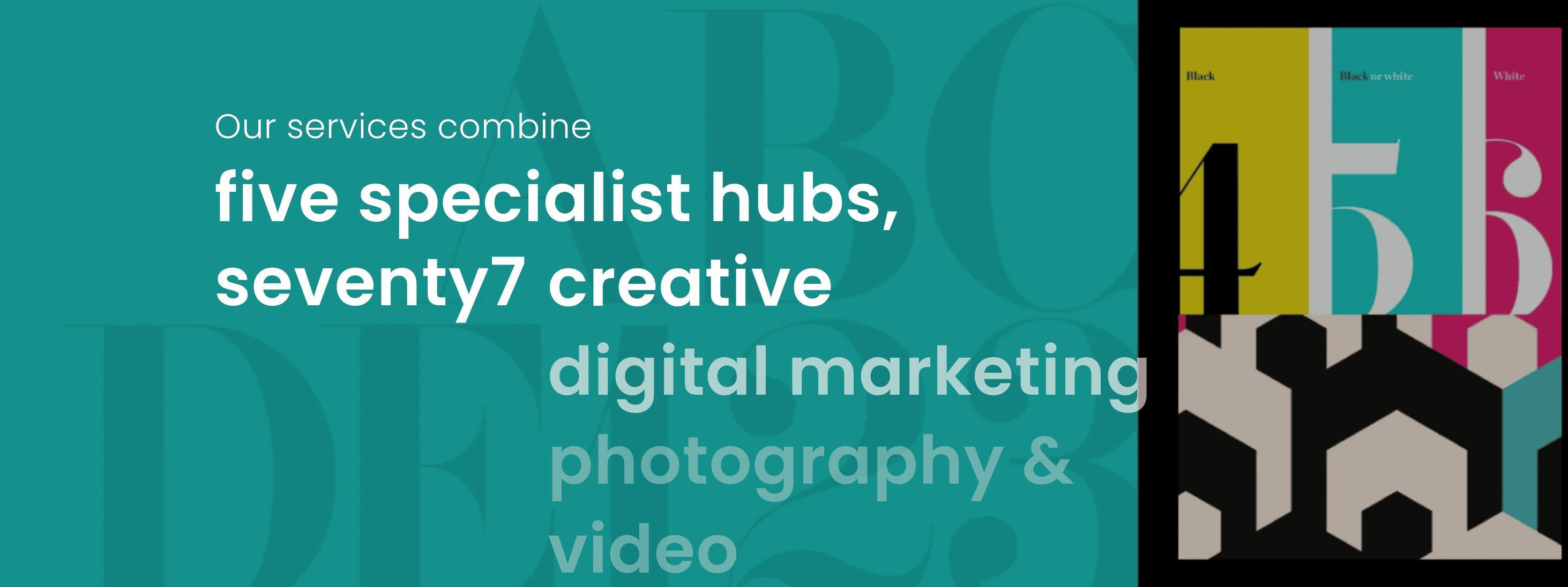Latest article
Is Your Kit Launch Ready for Kickoff?
5 Top Tips for a Successful Launch Football kit launches are no longer just about unveiling a new shirt, they’re... Read More
Mia Haworth June 10th, 2025
Creative Design Digital Marketing Photography
All articles

How Full-Service Creative Agencies Drive ROI
In an increasingly competitive and content-saturated market, businesses need more than just clever ideas or eye-catching design, they need results. The real...
Charlotte Fish June 17th, 2025

Typography Matters: How Fonts Influence Brand Perception
Picture this: You walk into a coffee shop, and everything about it screams artisanal and cosy. The signage has a beautiful handwritten...
David Winterhalder May 26th, 2025

How AIO Affects SEO
There has long been a battle with SEOs and search engines in regards to how information is displayed on search engine results...
Charlotte Fish May 22nd, 2025

How To Elevate Fashion Ecommerce Imagery
The fashion ecommerce field is a competitive place, so your product imagery needs to do more than just show the clothes -...
Mia Haworth May 19th, 2025
